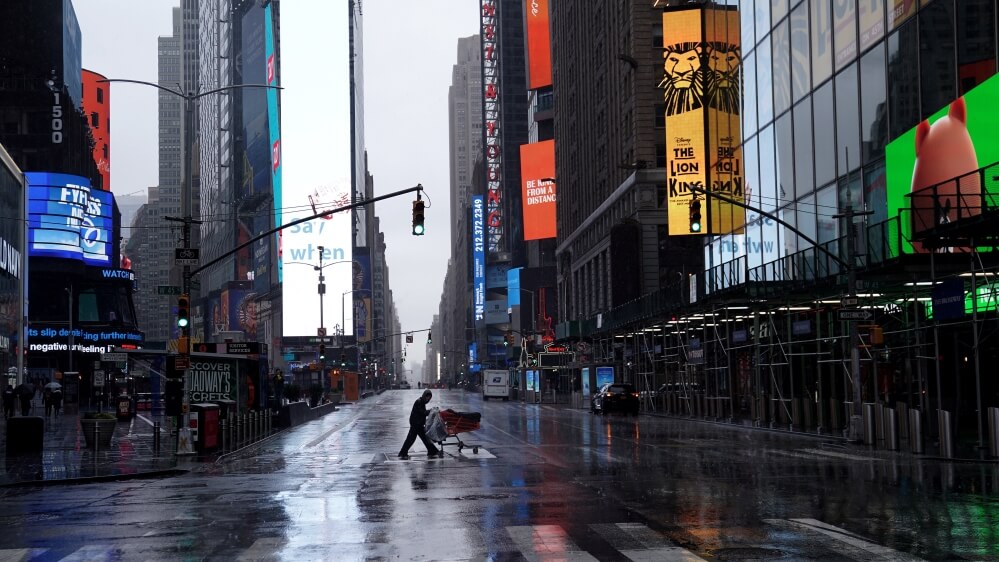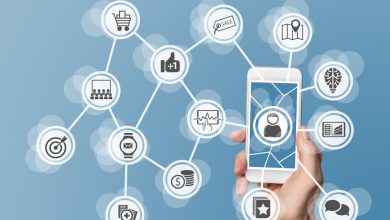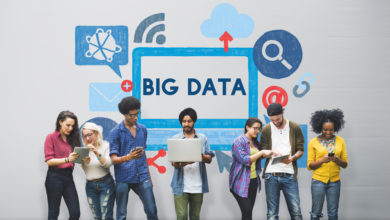Using Big Data for Enhanced Lockdown-Management

Coronavirus as a pandemic has created huge havoc across the world but it becomes interesting day by day how new-age technologies are propelling their innovation at the forefront to help better crisis management. To practice social distancing, governments have announced a lockdown period for citizens. But to keep a check on a huge population what can they do more to improve their administration? Data of Course! The government around the world can rely on big data and data-driven technologies to manage to lockdown situations.
Dr. Reza Etemad-Sajadi, Associate Dean for Faculty Affairs and Associate Professor at Ecole hôtelière de Lausanne (EHL) says, “Given that the coronavirus spreads as the population circulates, the only solution in the near term is to impose stay-at-home measures so the number of hospitalizations doesn’t explode, pushing hospital workers and equipment to breaking point.”
Using big data, gathered from harnessing the smartphones of people can help track the virus and hence manage the return to life outside.
To note, several governments have launched coronavirus apps to keep a good check on citizen’s activity and contain the spread of the virus.
In the UK, companies are looking to create apps to contain the spread of coronavirus. Infectious disease experts from Oxford University’s Big Data Institute (BDI) proposed an idea in a paper that if a sufficiently large number of people installed a right COVID-19 contact tracing app on their phones, their movements could be tracked through GPS, Wi-Fi, and Bluetooth proximity sensing.
In India, the coronavirus cases have crossed the count of 4000 recently. In order to spread awareness among the citizens on the novel coronavirus outbreak in India, prime minister Narendra Modi-led government has launched a new app that will help people track COVID-19 infections more accurately and effectively. The app has been developed by the National Informatics Centre that comes under the Ministry of Electronics and Information Technology.
The ‘Aarogya Setu’ tracking app, which is already available on Google Play Store on Android smartphones and App Store for iPhones, will help track the coronavirus infection by using the smartphone’s GPS system and Bluetooth and provide information that will help in determining if you have been near a COVID-19 infected person or not.
Dr. Reza believes that when a part of the population will have been immunized (i.e. those who have caught the virus having developed antibodies), tracking via their smartphones could be used to gradually return to “normal” life. The challenge would be for the entire population to use, en masse, the same application. Using Big Data, the movement of individuals who have or have had the virus could be tracked. People who have come into contact with that person would then receive an alert on their cell phone. Moreover, infected individuals who have recovered could slowly start to move about more freely and return to a more normal lifestyle. We can also imagine integrating several indicators into the system, such as people’s age in order to adjust the strategy of lockdown.
Further describing the specifications of en masse, Dr. Reza says, the success of the app will depend on three things:
• The app’s technology must be reliable.
• The population must actively participate and everyone should consider himself/herself a “co-creator” of content in terms of information brought into the system.
• Data must remain anonymous.
How does the system function to ease the lockdown?
• Everyone with a smartphone downloads the app.
• Everyone accepts having his/her movements tracked.
• Everyone who catches the virus informs the system with the date of when they tested positive.
• The system sends this information to the Swiss Confederation authorities.
• The system makes the infected person anonymous but sends an alert to the smartphone of everyone with whom he or she has come into contact via the tracker. There is no need to identify the person with the virus, people just receive the following message: “You have come into contact with a person who tested positive for the coronavirus and you should self-quarantine immediately”.
• Subsequently, all these people remain in quarantine.
• After two weeks, the person who has been tested positive for COVID-19 receives a message via the app informing him or her that their quarantine is over, but just for them.
• The other people who were quarantined as a precautionary measure cannot automatically come out of quarantine, because they can’t be sure they haven’t been in contact with the virus or have built up antibodies. To be fully cleared they would have to do a blood test.
Moreover, the Chinese authorities, in collaboration with the e-commerce giant Alibaba, rolled out a similar application in the hardest-hit provinces (Lemonde.fr). Each user has a bar code with three colors: where Red means stay-at-home order for 2 weeks; Yellow means 7-day lockdown; and Green symbolizes free to come and go.



